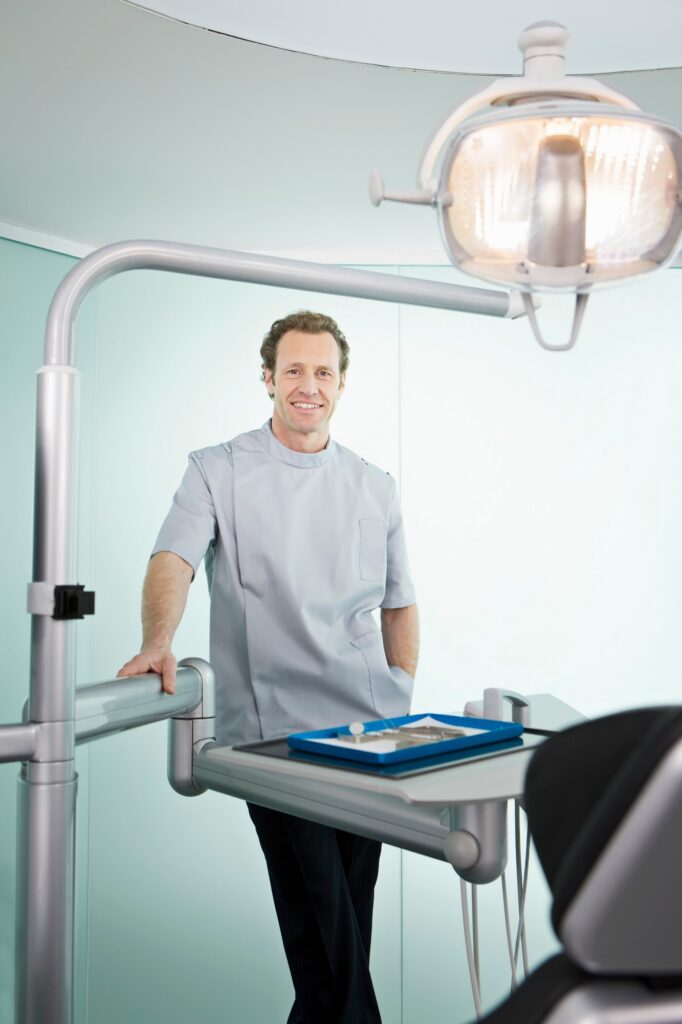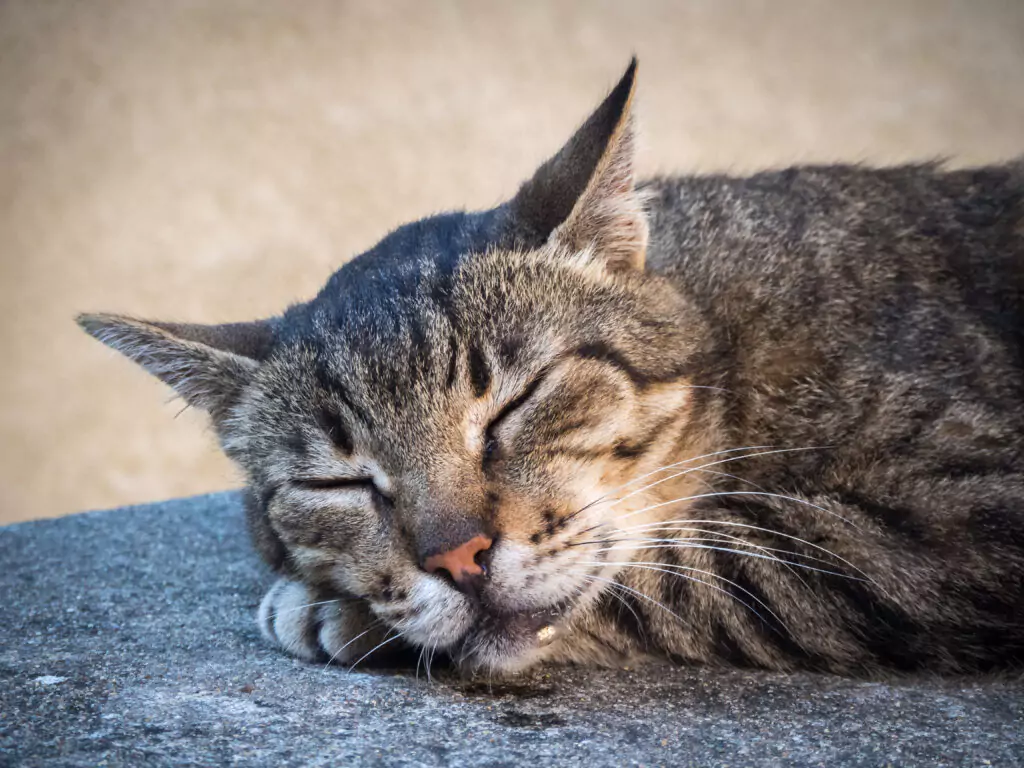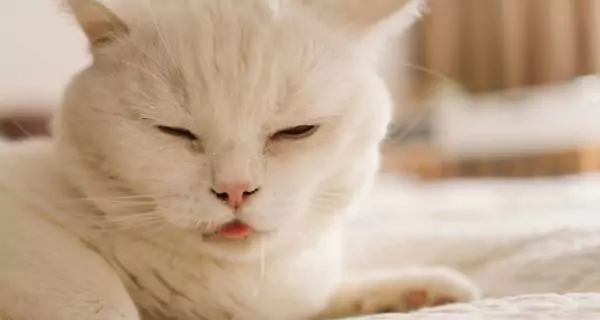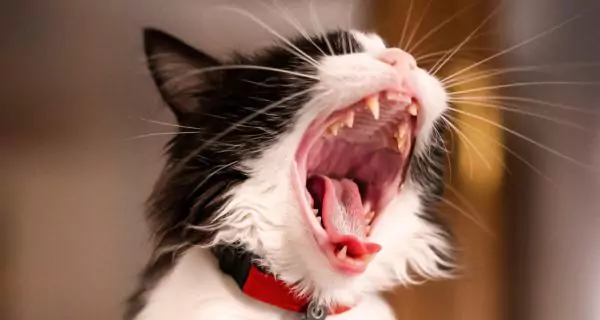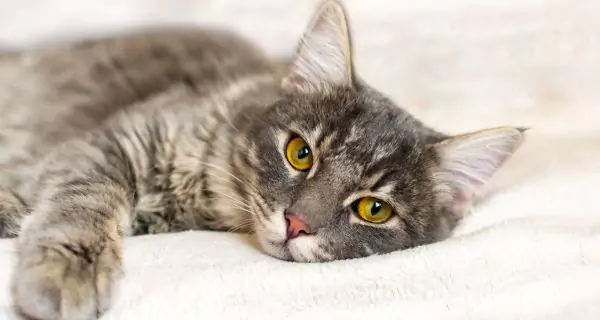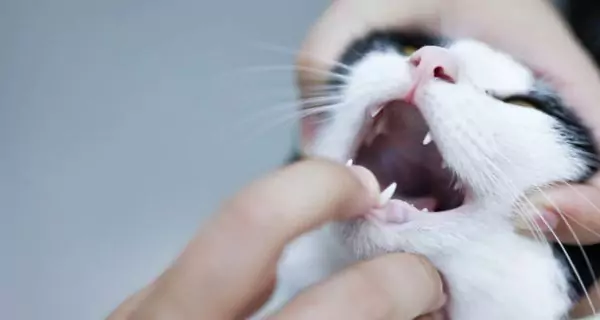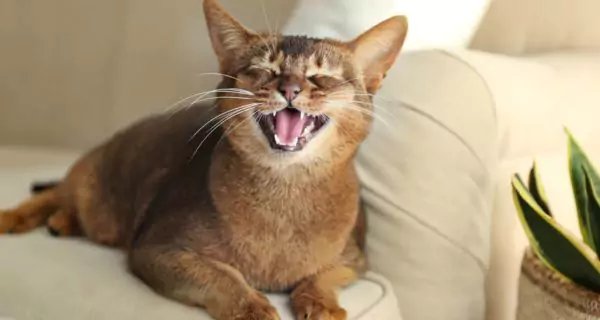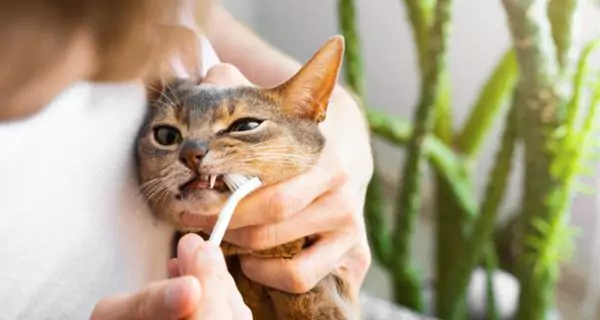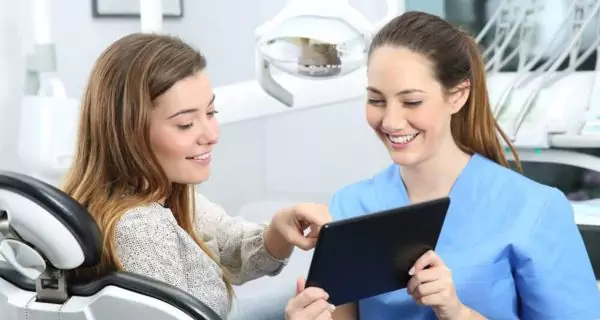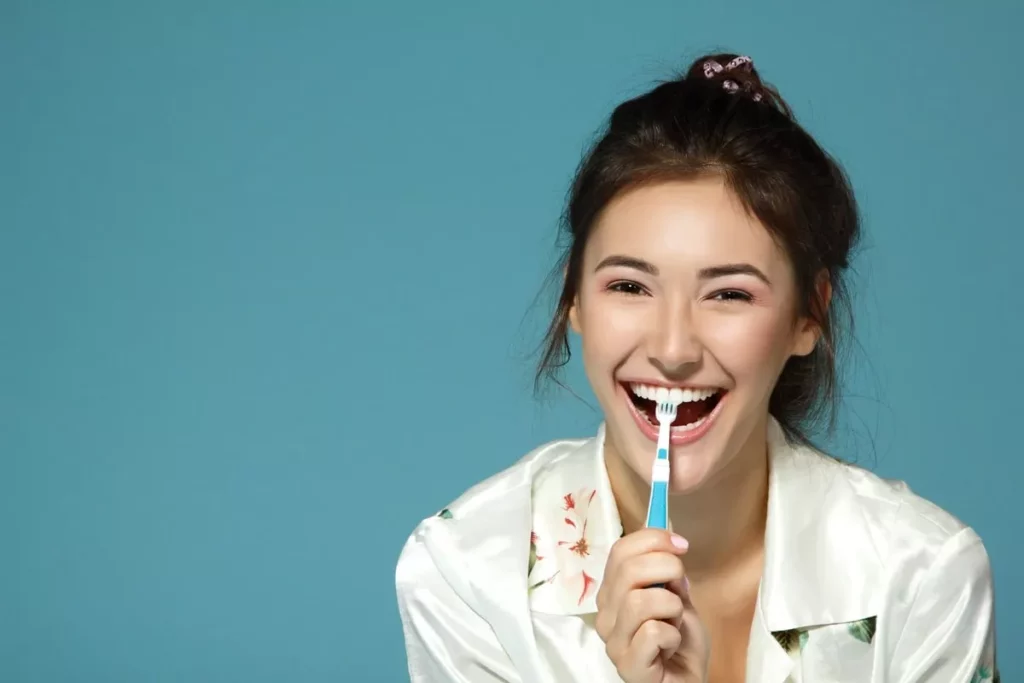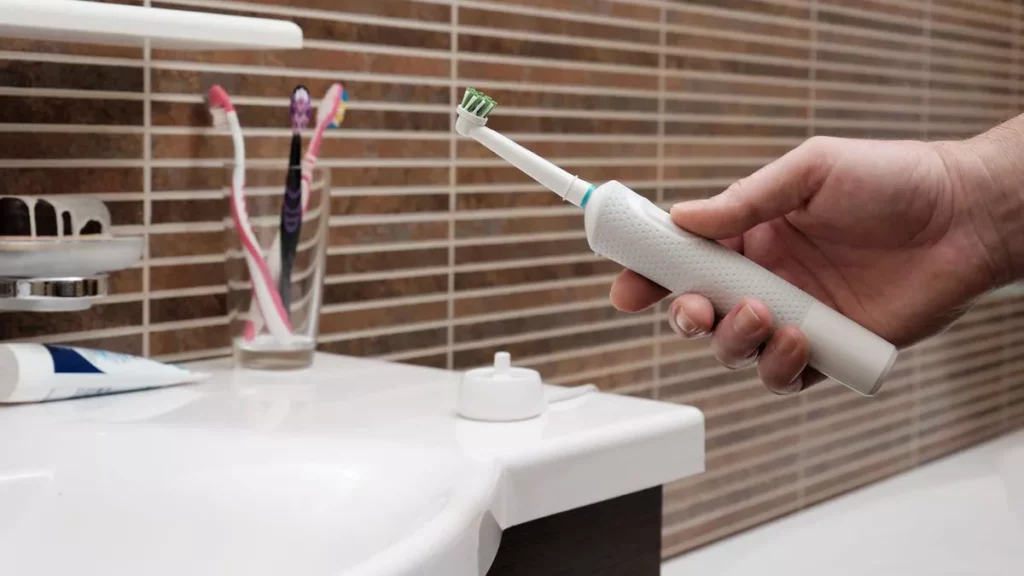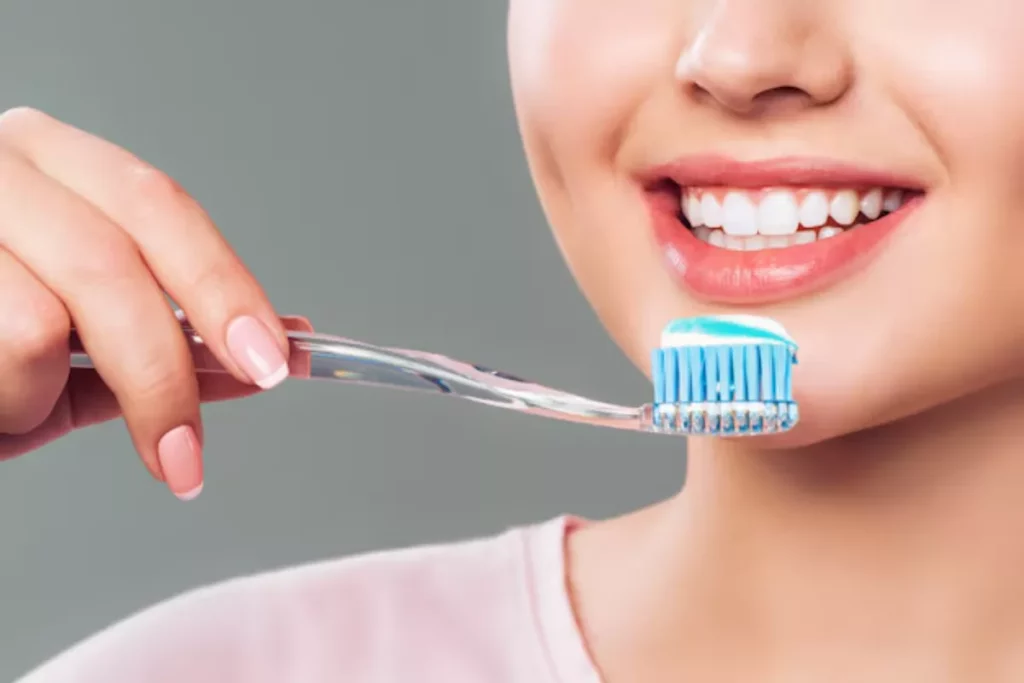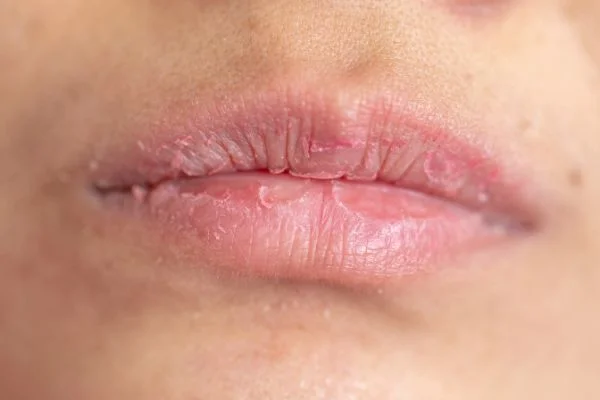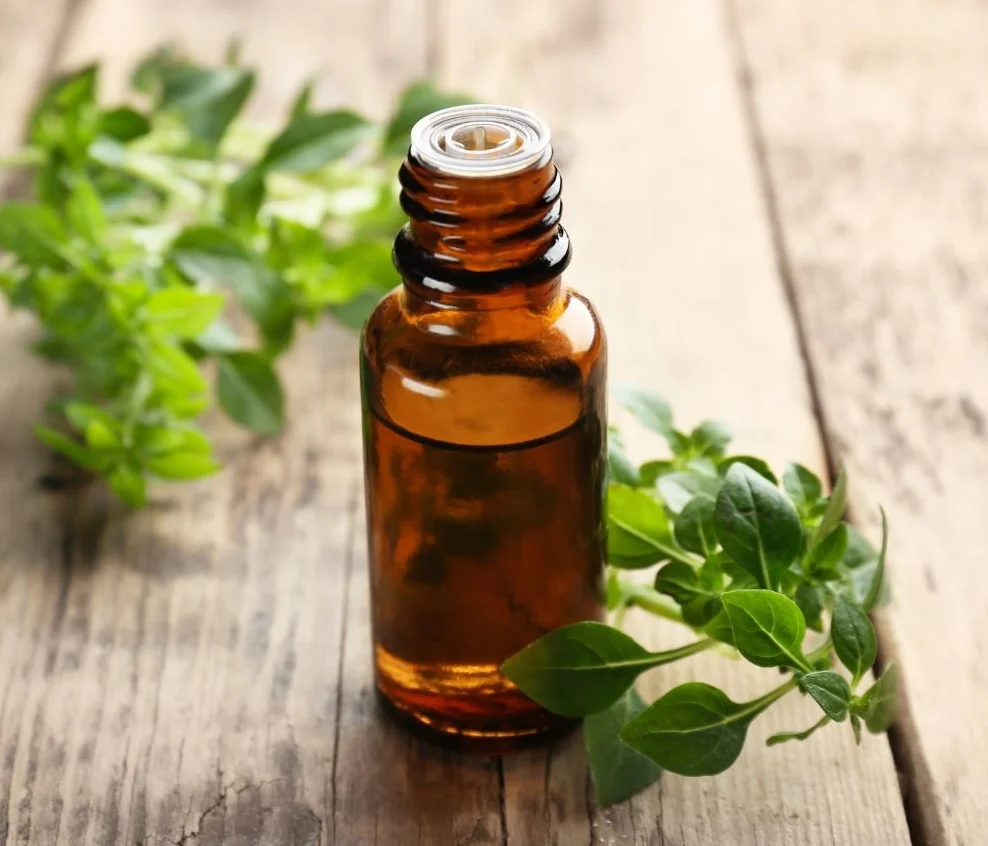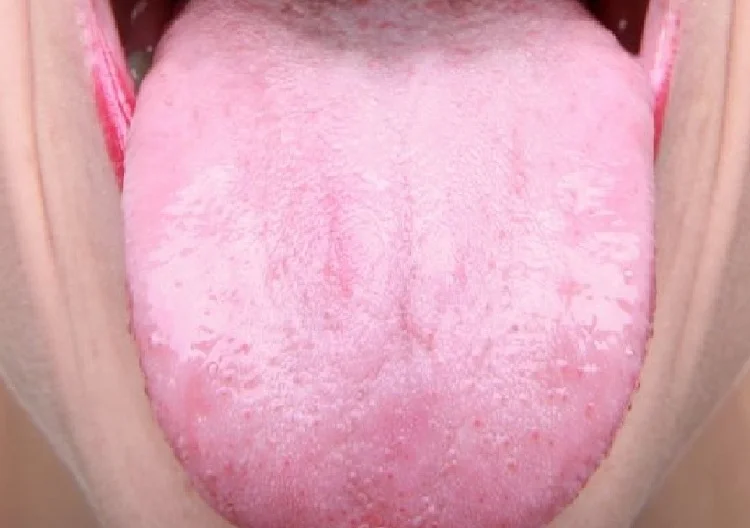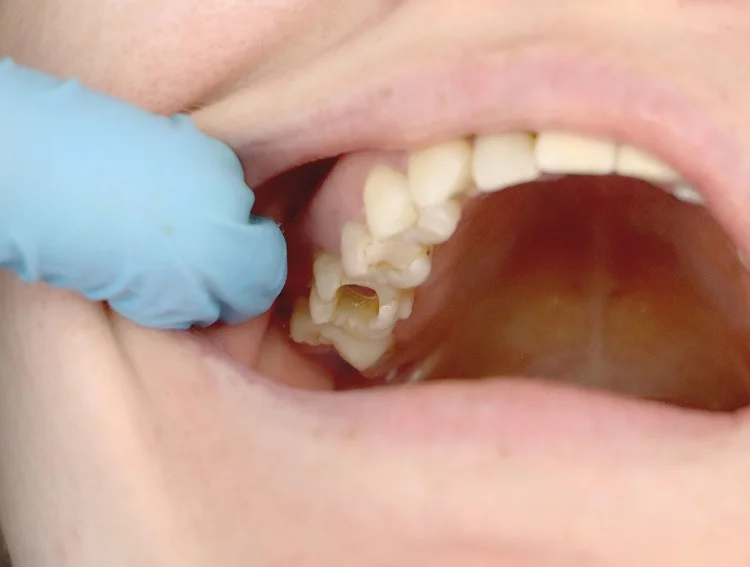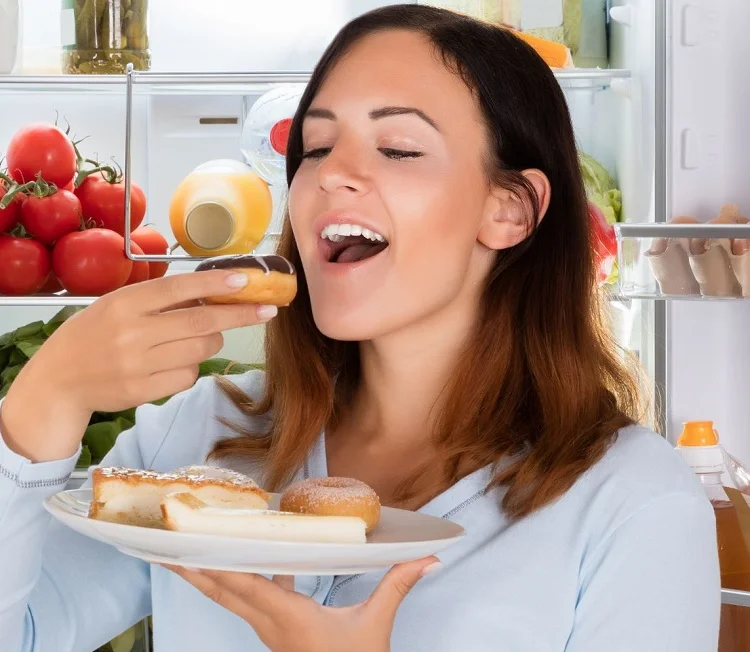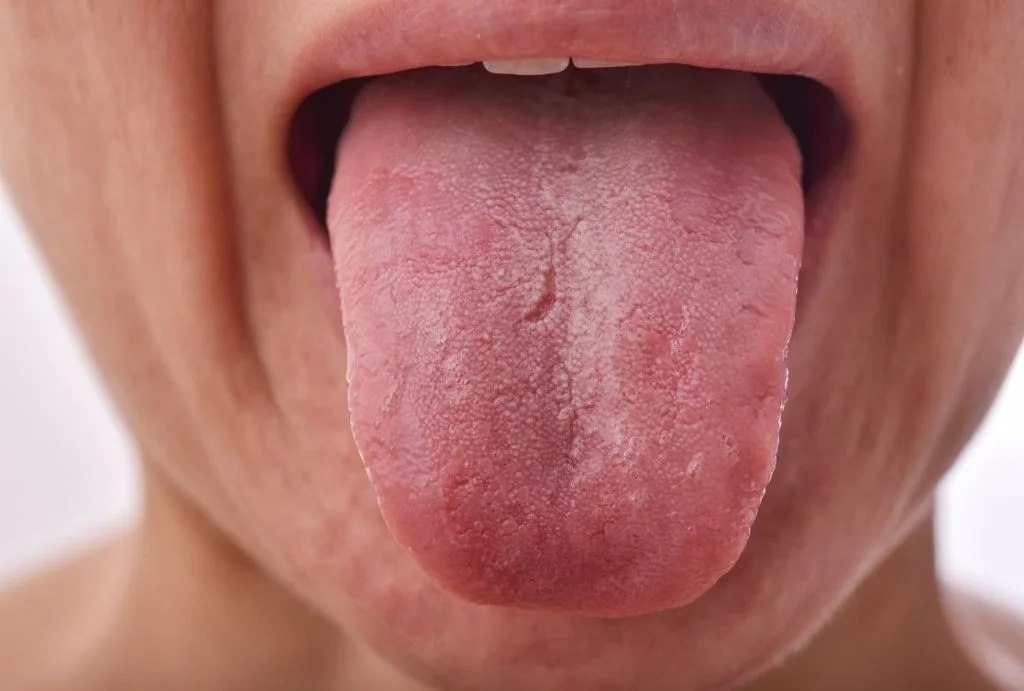Last Updated on: 19th September 2025, 12:29 pm
Cat drooling can be normal when linked to relaxation, purring, or excitement for food. But when it becomes persistent, heavy, or appears without a clear reason, it almost always signals a health problem. The most common cause is dental disease, including gum inflammation, abscesses, stomatitis, or even oral tumors.
Cats are more than just pets; they are an integral part of families. That is why noticing unusual behaviors, such as cat drooling, can cause worry.
Dogs drool often, but cats usually do not. A little saliva from time to time can be normal, but if your cat drools a lot or often, it may be a warning that something is wrong, especially with their teeth or gums.
The challenge is that cats cannot tell us when they are in pain. They hide discomfort very well. Therefore, as owners, we need to pay close attention to signs such as drooling, bad breath, or changes in eating habits.
What does it mean when a cat is drooling?
Drooling (ptyalism) means saliva flows out of the cat’s mouth instead of being swallowed. This can happen as part of something normal or show health problems in the cat.
When is cat drooling normal?
There are some situations in which cats can drool, but they are harmless:
- Relaxation: many cats drool when they are purring, kneading, or being petted.
- Excitement for food: saliva may appear when they smell or anticipate their favorite meal.
- Temporary stress: some cats drool in the car, during vet visits, or when anxious.
Harmless or normal drooling is temporary, not smelly, and stops on its own.
When should cat drooling concern you?
You should worry if drooling is:
- Chronic or excessive: happens daily or makes fur around the mouth wet.
- Smelly: bad breath usually means infection.
- Linked to pain, loss of appetite, or weight loss.
In these cases, the cause is often dental disease or another health issue that needs veterinary care.
Why is cat drooling often linked to dental issues?
Dental and oral diseases are the most common reasons for persistent cat drooling. When the mouth is inflamed, painful, or infected, saliva builds up when swallowing becomes difficult.
Studies suggest that up to 70–90% of cats will suffer from dental disease at some point in their lives. Let’s see the main dental causes.
Can gum disease cause drooling?
Yes. Gum disease usually starts with plaque and tartar buildup. Over time, this causes gingivitis (red, swollen gums) and later periodontal disease (damage to teeth and bones).
Symptoms of gum disease include:
- red or inflamed gums
- bleeding when eating
- persistent bad breath
Painful gums make swallowing hard such that saliva escapes, leading to drooling.
Can tooth abscesses make cats drool?
Yes, a tooth abscess is a bacterial infection at the root of the tooth.
Symptoms of an abscess include:
- foul-smelling drool, sometimes with blood or pus
- pawing at the mouth or face
- refusal to eat hard food.
If untreated, an infection can spread to the jaw or even the bloodstream, which can be life-threatening.
Does stomatitis trigger drooling?
Yes, feline stomatitis is one of the most painful oral diseases. It is a severe inflammation of the whole mouth, often linked to an abnormal immune response.
Symptoms of stomatitis include:
- sometimes bloody drool
- strong odor from the mouth
- weight loss and poor appetite
- lethargy and pain while eating
Stomatitis almost always causes chronic drooling and needs immediate veterinary treatment.
Can oral tumors or lesions cause drooling?
Yes, oral growths such as tumors, ulcers, or polyps can cause excessive saliva in the mouth due to swallowing difficulties.
Symptoms of oral tumors include:
- thick or sticky saliva
- visible swelling or sores in the mouth although
- difficulty swallowing or refusing food
- facial swelling
The most common oral cancer in cats is oral squamous cell carcinoma, which makes up about 20% of feline cancers. Many of these tumors are malignant and need urgent veterinary care.
We have talked about the most common dental issues that cause cat drooling, but there are other problems, less common, but as important:
- Tooth resorption: painful breakdown of the tooth structure.
- Mouth ulcers: open sores inside the mouth.
- Loose or broken teeth: make chewing difficult and painful.
- Oral injuries: burns from chewing electrical cords, broken jaws after accidents, or wounds from catfights.
Paying attention to your cat’s behavior and warning signs is very important for taking better care of them and providing effective treatment.
What other causes besides dental disease can make cats drool?
While dental problems are the main cause of cat drooling, they can also drool for other health or environmental reasons.
Can a foreign object cause drooling?
Yes, a string, fishbone, sewing thread, or plant material stuck in the mouth or throat can trigger drooling.
Signs of a stuck object:
- difficulty swallowing
- pawing at the mouth or face
- refusing food
Do not try to pull out deep objects yourself. Always let a vet remove them safely.
Can heat stroke make cats drool?
Yes, heatstroke is less common in cats than in dogs, but it can happen, especially in overweight or flat-faced cats.
Symptoms of heatstroke include:
- heavy panting
- red tongue or gums
- vomiting, restlessness, or lethargy
- skin hot to the touch
This indicates a medical emergency. Move your cat to a cool place and take it to a vet immediately.
Can nausea or stomach upset make cats drool?
Yes, anything that causes nausea can lead to drooling, along with other symptoms, such as vomiting, decreased appetite, or lethargy.
Possible causes of nausea:
- motion sickness during travel
- eating spoiled food or something toxic
- food allergies or digestive disease
- side effects of medication
- liver or kidney disease
Can respiratory infections cause drooling?
Yes, cats with infections like feline viral rhinotracheitis or calicivirus may drool because of mouth pain or congestion.
Other symptoms include:
- runny nose
- eye discharge
- sneezing or coughing
- loss of appetite
Cat drooling is not always from dental disease. It may indicate many other reasons. Thus, it’s important to schedule vet visits; they can help you to understand what is happening and treat the root of the problem.
What should you do if your cat is drooling?
Cat drooling can be harmless, but it may also signal dental disease or another health problem. Here’s what you should do:
Check the pet’s mouth (only if safe)
- Look for red or swollen gums.
- Check for ulcers, bleeding, swelling, or sores.
- Look for foreign objects like string, bone, or plant material.
If your cat resists or becomes aggressive, stop and let the vet do the check.
Note other symptoms
If your cat only drools may be normal, but drooling plus other signs usually mean a problem:
- bad breath
- loss of appetite or refusal to eat
- dropping food while chewing
- weight loss
- behavior changes (less play, more irritability)
Schedule a veterinary visit
Your vet is the ideal professional to check your cat. They may recommend:
- dental X-rays to find hidden problems
- professional dental cleaning under anesthesia
- tooth extractions for damaged or painful teeth
- antibiotics or anti-inflammatory medication
- pain relief to help recovery
A biopsy is sometimes needed to rule out oral cancer.
Many human medicines are toxic to cats; for that reason, never give drugs without a vet’s advice.
When should you worry about a cat drooling?
Not all drooling is dangerous. Some cats drool when relaxed, purring, or happy. But you should see a veterinarian if drooling is:
- constant or getting worse
- combined with bad breath or red gums
- linked to loss of appetite or refusal to eat
- accompanied by weight loss or behavior changes
- mixed with blood in the saliva
Some emergency signs may include:
- vomiting or diarrhea
- trouble breathing
- difficulty swallowing
- contact with a toxic plant or substance
- seizures
Cats are good at hiding pain. If you are unsure, it is always safer to call your vet.
How can you prevent dental issues in cats?
The best way to stop drooling caused by dental problems is prevention. You can help your cat with the following suggestions:
- Regular dental check-ups: Visit the vet once a year for dental exams.
- Brushing routine: Brush your cat’s teeth with cat-safe toothpaste.
- Dental-friendly diet: Choose food that supports healthy teeth and gums.
- Dental treats and toys: Use products that reduce plaque and tartar.
- Monitoring: Watch for changes in eating, chewing, or behavior.
Prevention and early vet care keep your cat healthy, comfortable, and free from pain.
What products help manage and prevent cat drooling?
Prevention is the best way to avoid drooling caused by dental problems. Some helpful products include:
- Virbac C.E.T. enzymatic cat toothpaste & brush kit: cat-safe toothpaste for daily brushing.
- Greenies feline dental treats: Crunchy texture helps clean teeth while rewarding your cat.
- Oxyfresh pet dental water additive: added to drinking water to fight bacteria and freshen breath.
- Petstages cat dental chew toys: Encourage chewing, massage gums, and reduce tartar.
Daily brushing, combined with these aids and regular vet dental cleanings, is the most effective prevention.
How can you tell when cat drooling is serious?
Not all cat drooling is bad. Some cats drool when they are happy or relaxed. You should worry if drooling is constant, or comes with bad breath, red gums, or not eating.
The most important thing is to visit the vet, brush your cat’s teeth, and use dental treats or toys. This helps your cat stay healthy, comfortable, and happy.
Frequently Asked Questions
Can medications or taste cause drooling?
Can old age cause drooling in cats?
Can my cat drool when teething?
Can a cat’s breed affect drooling?
Can exposure to chemicals or cleaning products cause drooling?
Voice and Search (Q&A)
Why is my cat drooling so much?
Your cat might be drooling because of dental problems, nausea, stress, or something stuck in the mouth. If drooling is constant, visit your vet.
Is it normal if my cat drools when happy?
Yes, some cats drool when purring, being petted, or excited about food. Temporary drooling is usually normal.
When should I call the vet for drooling?
Call the vet immediately if drooling comes with vomiting, diarrhea, trouble swallowing, seizures, or exposure to toxic substances.
Share
References
1. Fries, W. C. (2025, April 5). 6 Most common cat health problems. WebMD. https://www.webmd.com/pets/cats/6-most-common-cat-health-problems
2. Lovejoy, J., DVM. (2024, September 25). Why is my cat drooling? PetMD. https://www.petmd.com/cat/symptoms/why-my-cat-drooling
3. PDSA. (2023). Drooling in Cats. People’s Dispensary for Sick Animals. https://www.pdsa.org.uk/pet-help-and-advice/pet-health-hub/symptoms/drooling-in-cats
4. Reiter, A. M. (2018). Disorders of the Mouth in Cats. MSD Veterinary Manual. https://www.msdvetmanual.com/cat-owners/digestive-disorders-of-cats/disorders-of-the-mouth-in-cats
5. WebMD Editorial Contributors. (2025, July 20). Why does my cat drool? WebMD. https://www.webmd.com/pets/cats/drooling-in-cats
-
Dr. Yeidy Carolina Mesa [Author]
DDS Yeidy Carolina Mesa Passionate Dentist | Advocate for Accessible Oral Health Education Graduating from Universidad CES in 2022, I am a dedicated general dentist with a lifelong passion for helping others and making a meaningful impact in the world. My journey into dentistry began at the age of 7, inspired by my own experience with braces and overcoming a fear of the dentist. This personal journey shaped my mission to help patients conquer their own dental anxieties and embrace a healthier,...
View all posts
-
Nayibe Cubillos M. [Medical Reviewer]
Pharmaceutical Chemestry |Pharmaceutical Process Management | Pharmaceutical Care | Pharmaceutical Services Audit | Pharmaceutical Services Process Consulting | Content Project Manager | SEO Knowledge | Content Writer | Leadership | Scrum Master
View all posts
A healthcare writer with a solid background in pharmaceutical chemistry and a thorough understanding of Colombian regulatory processes and comprehensive sector management, she has significant experience coordinating and leading multidisciplina...

